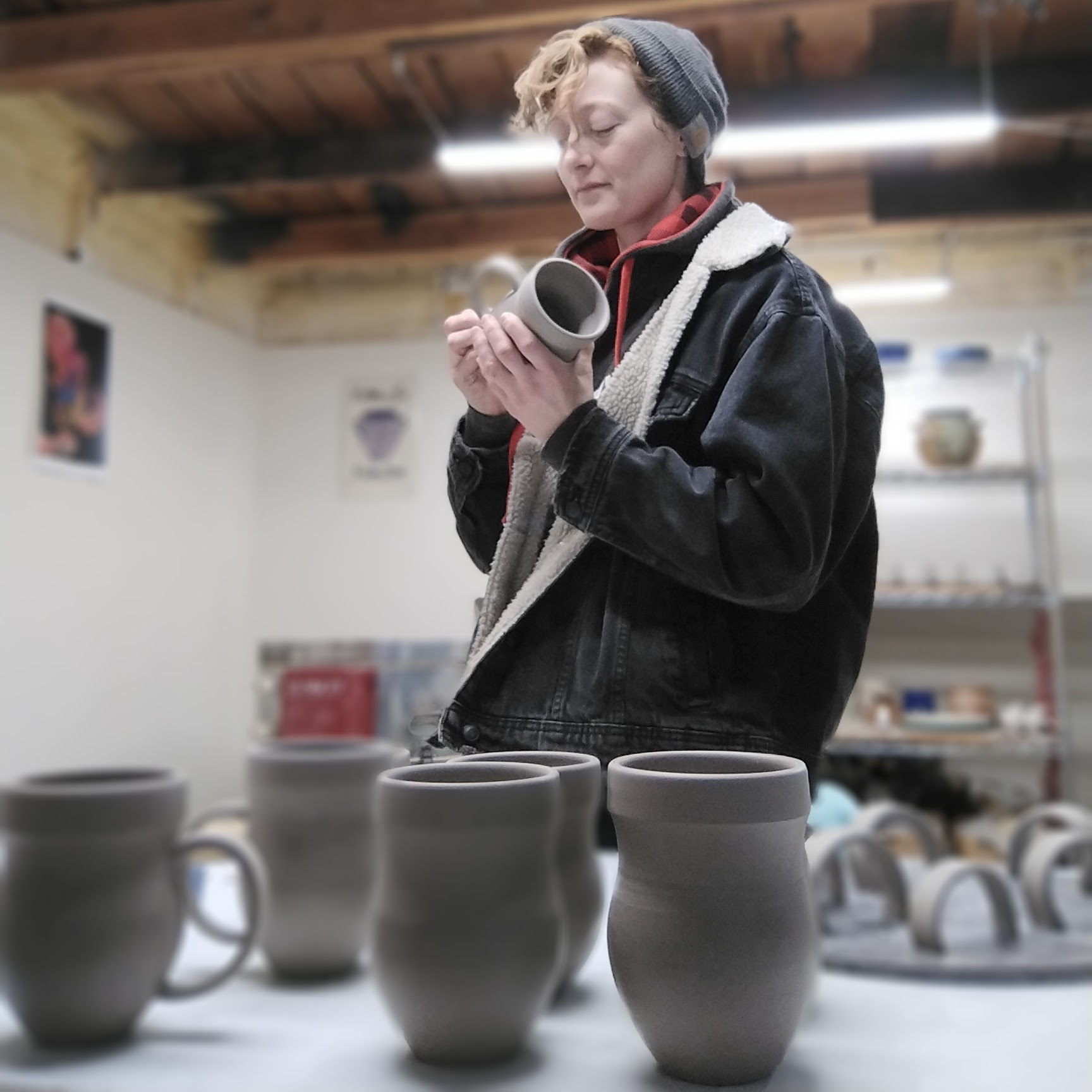We were lucky to catch up with Miranda Trostle recently and have shared our conversation below.
Miranda, looking forward to hearing all of your stories today. Naming anything – including a business – is so hard. Right? What’s the story behind how you came up with the name of your brand?
Sego Lily Pottery takes its name from the state flower of Utah, where I was born and raised. The story goes, when the white settlers who first came to the area were struggling to survive in the harsh desert environment, the indigenous people already living on the land taught them they could eat the bulb of the sego lily flower, saving the settlers from starvation. It was named as the state flower to remember this history of survival. There are layers of meaning in the name Sego Lily Pottery – the unity of beauty and function in one vessel, the deeper story of the land and its peoples, and my own personal connection to my roots and the landscape in which I grew up. I have lived in Oregon since 2010 and call this place home now, but those high desert mountain landscapes of my youth fundamentally shaped my identity as a person and an artist. Sego Lily Pottery is a reminder of those roots and that shaping, of our reliance on the land and each other.
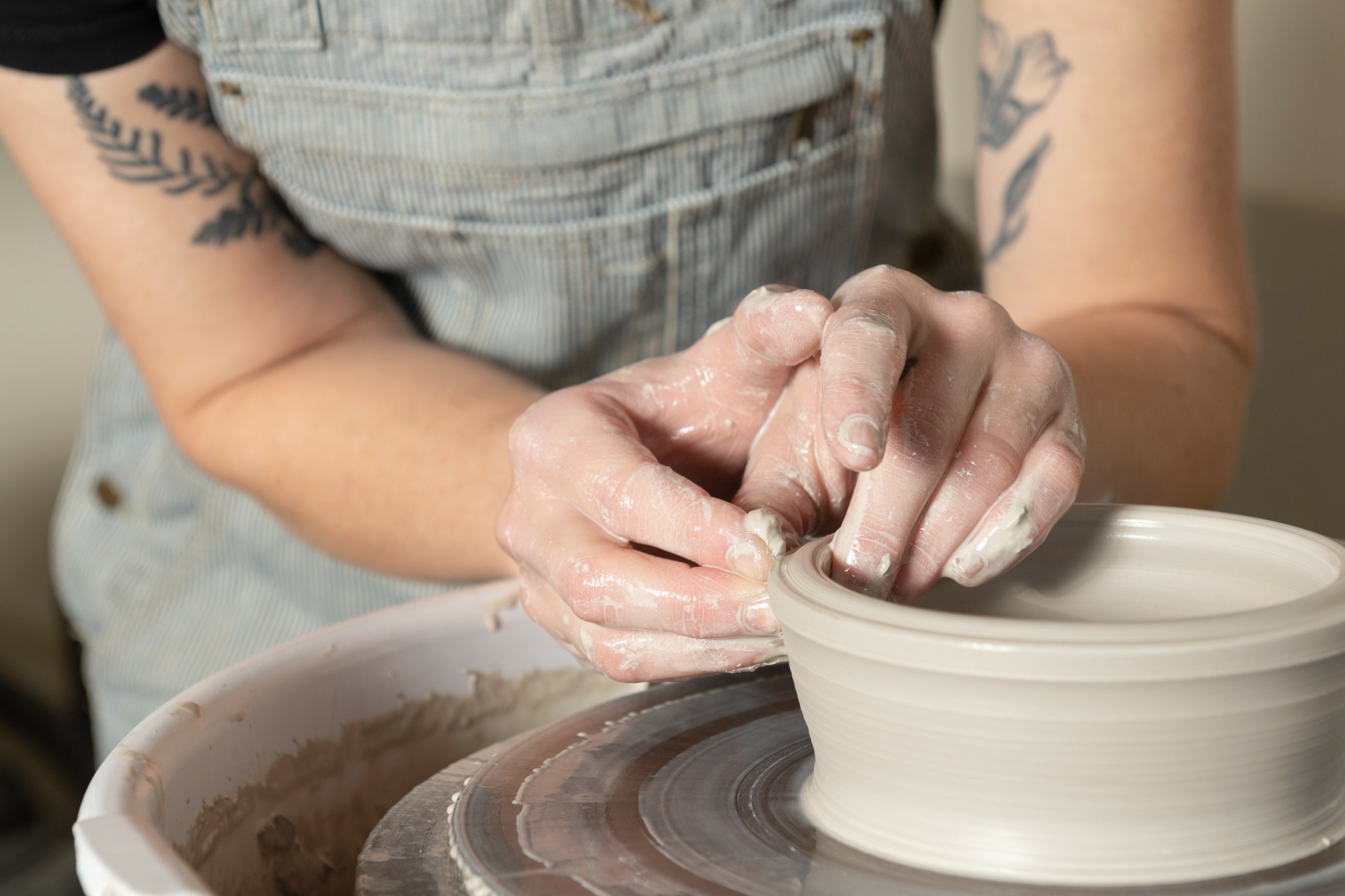
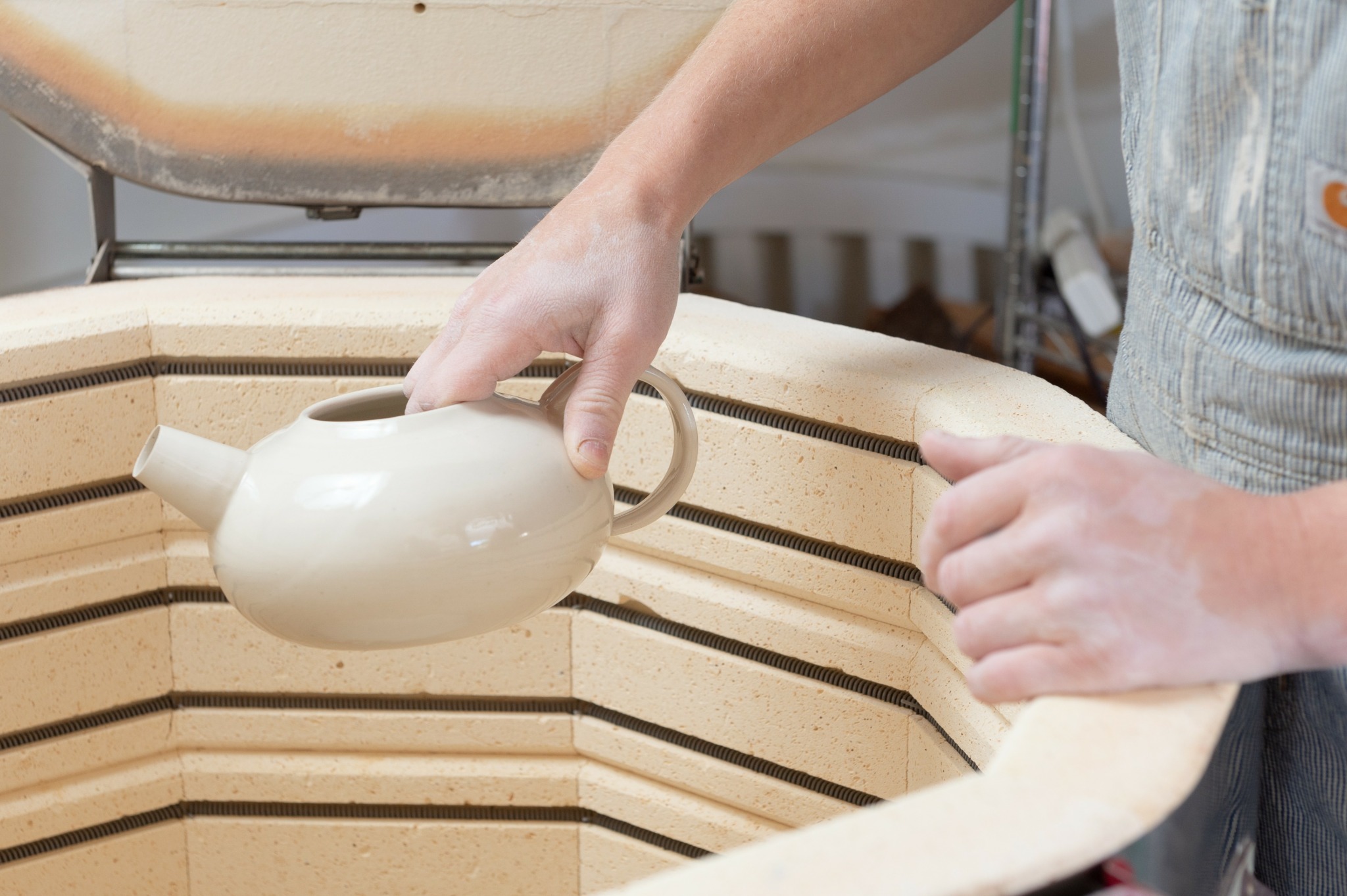
Miranda, before we move on to more of these sorts of questions, can you take some time to bring our readers up to speed on you and what you do?
I create handcrafted ceramics, primarily functional vessels of all kinds. In my practice, the conceptual basis for my work is inherent in the material – I am compelled to work with clay because the material speaks to the ancient origins of human civilization. Clay objects have been integral in human societies the world over for thousands of years. The creation of vessels connects me to an ancestral dialogue of containment, of abundance, of thoughtful care toward future needs. In the midst of modern societal turmoil, ecological collapse, and an uncertain future, we can be recalled to our humanity by touching and using objects made from the earth itself. By creating vessels that have the potential to last thousands of years, my work demands we create a future for human life on this planet in order for that potential to be realized. In the shorter term, my work elevates the daily rituals of life and creates touchstone objects that bring moments of joy and reflection to those who incorporate it into their spaces. My creative practice itself is grounding, centering, elemental. The intention of my work is to share that energy, to help others feel rooted in our shared humanity.
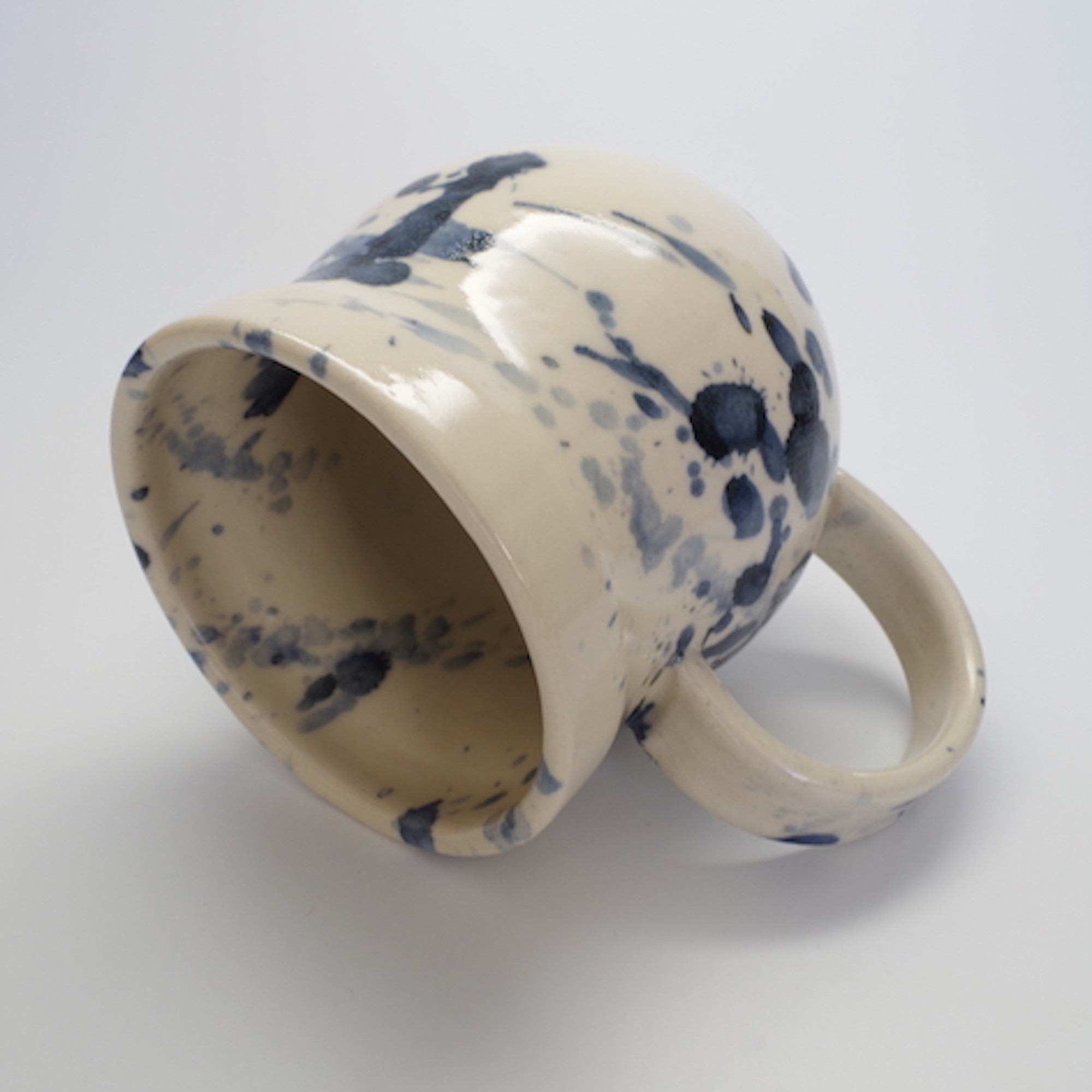
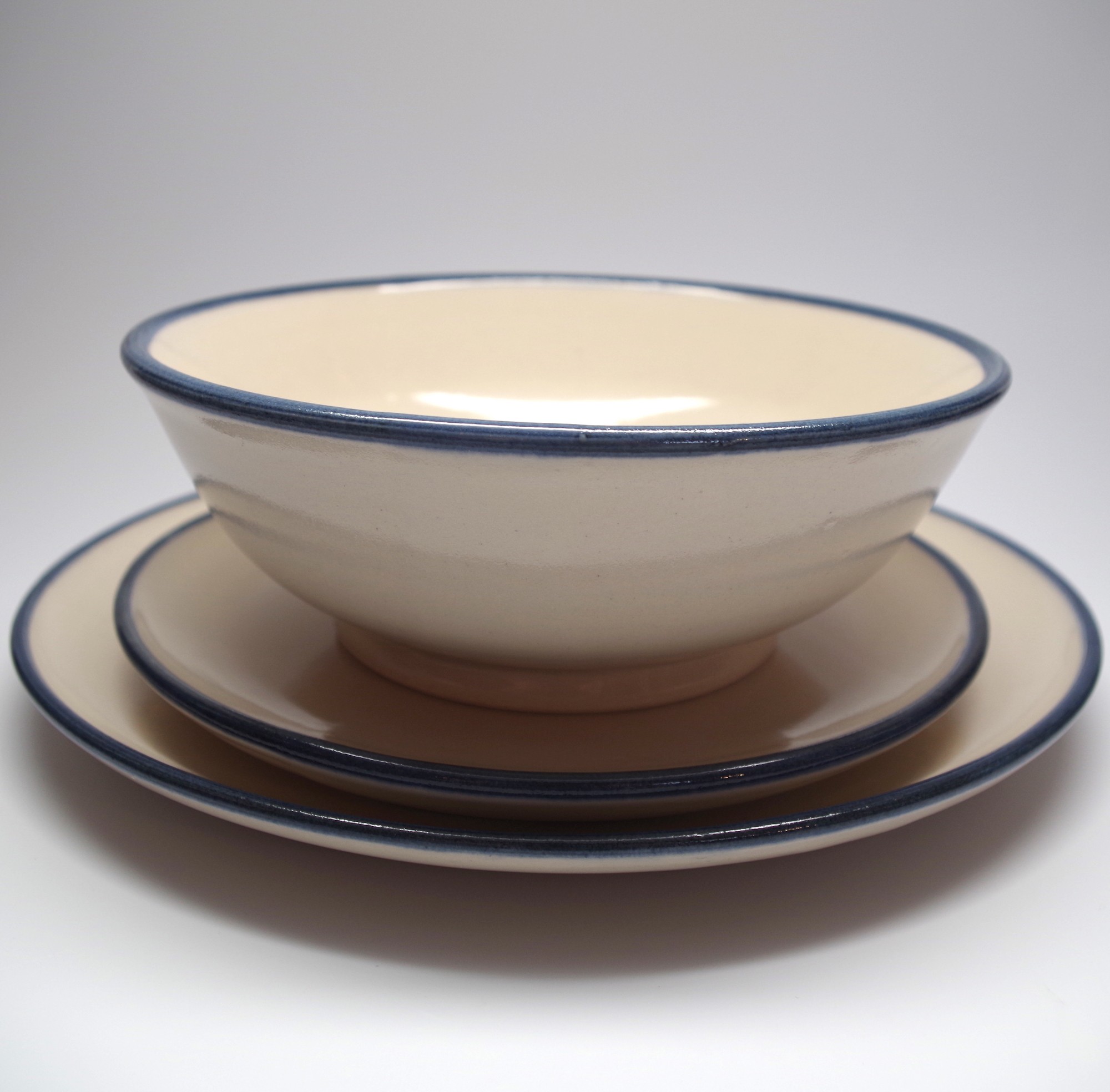
Can you open up about how you funded your business?
I started my business with the help of a microloan from a family member of $2000. I used the funds to purchase a previously owned potter’s wheel and electric kiln, and glaze mixing ingredients. I divided my rented bedroom at the time to include a 5’x6′ studio space, just enough room for my wheel and a shelf – eliminating the overhead cost of renting separate studio space. I worked from that tiny space for a few years before officially launching my business in 2015, during which time I was developing my designs, testing and developing the glazes I use on my work, and fixing the kiln so that it would be functional. I worked other odd jobs throughout those years to support myself and purchase items such as clay and parts for repairing the kiln. Shortly after launching my business, I began working part-time as the studio assistant for a prominent local ceramic artist. I learned a great deal in my 2 1/2 years there about running and maintaining a small scale ceramic design production studio. Also during that time, I took several business classes from a local organization that offered low-cost classes and seminars for entrepreneurs. I was also able to participate in a matched. savings IDA grant program through that organization, which provided enough funds to buy an electric potter’s wheel, a stove to heat my studio space (in a garage by that time), a camera for photographing inventory, and a few other essentials for taking my business to the next level. Making the finances work while running a small business is an ongoing challenge and I still work a few part-time and seasonal jobs to make ends meet and take some of the pressure off my creative process.
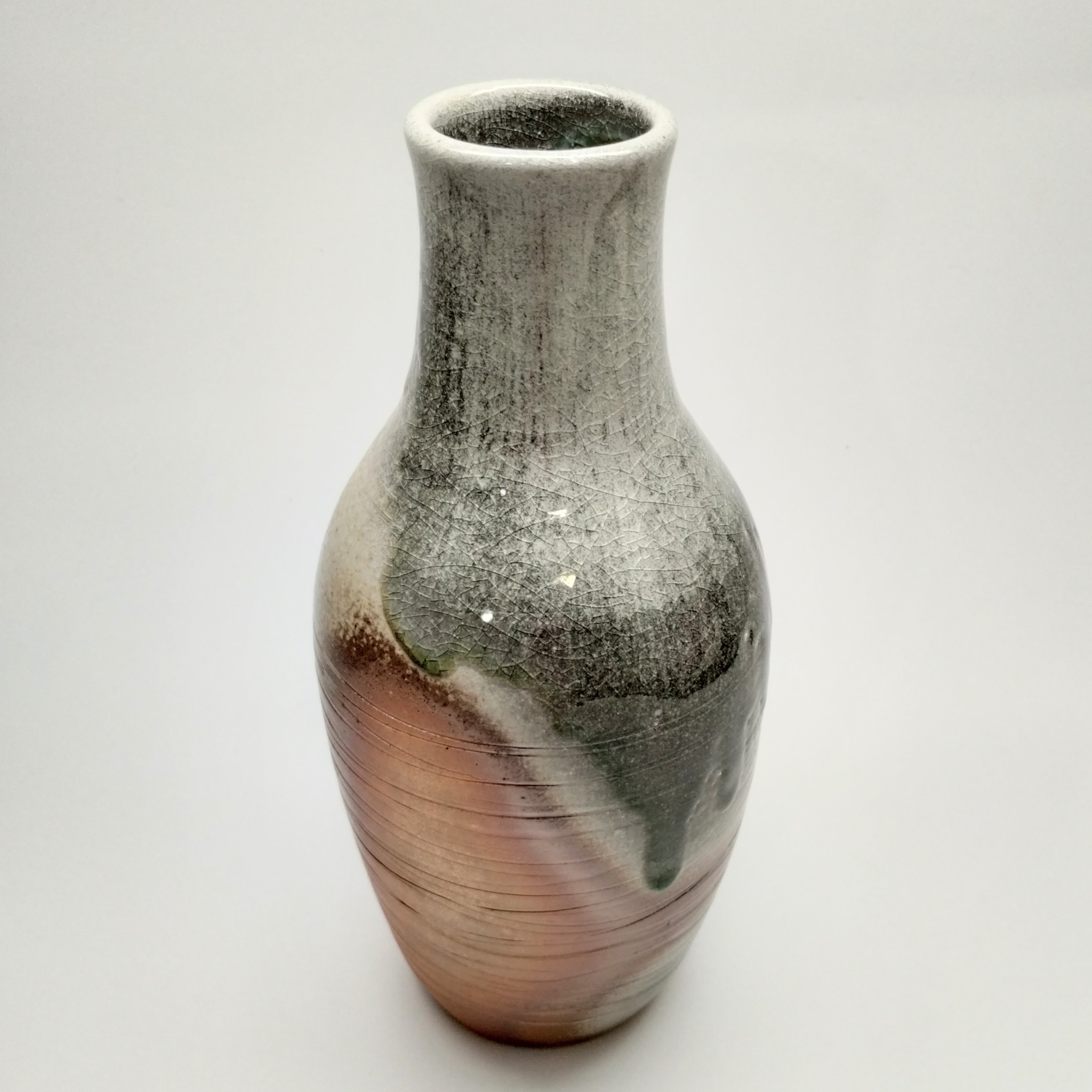
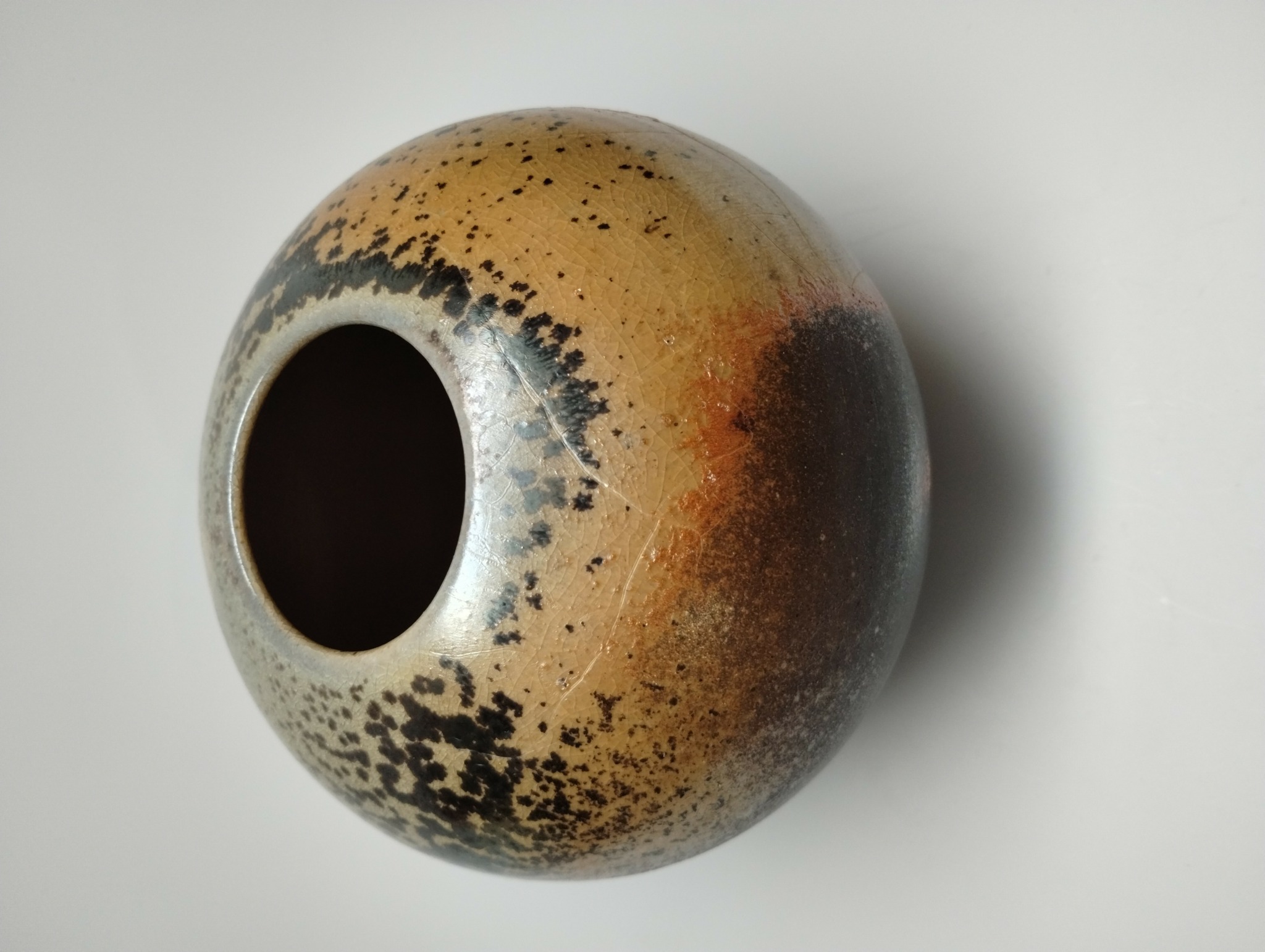
How’d you build such a strong reputation within your market?
I have built my reputation fundamentally on the quality of my craft – consistent, elegant, and durable ceramic designs. Handles that feel good to hold. Glazes that stand up to daily use and dishwashers. No cracks or flaws that will eventually compromise the piece. Every piece is quality checked throughout the many stages of the process, and I won’t sell an item that doesn’t meet my high standards. Quality ceramics don’t sell themselves, though, and I also have to give myself credit for being friendly, open, and communicative when dealing with customers, other vendors at markets, event organizers, and colleagues in my field. While some may view other ceramicists working in the same area as competition, I view them as community – a source of knowledge, connection, and resilience. Fostering this attitude of connection over competition is deeply important to me, and has led not only to new friends and community, but also to new opportunities for my business to grow.
Contact Info:
- Website: https://www.segolilypottery.com
- Instagram: @segolilypottery
- Facebook: https://facebook.com/segolilypottery
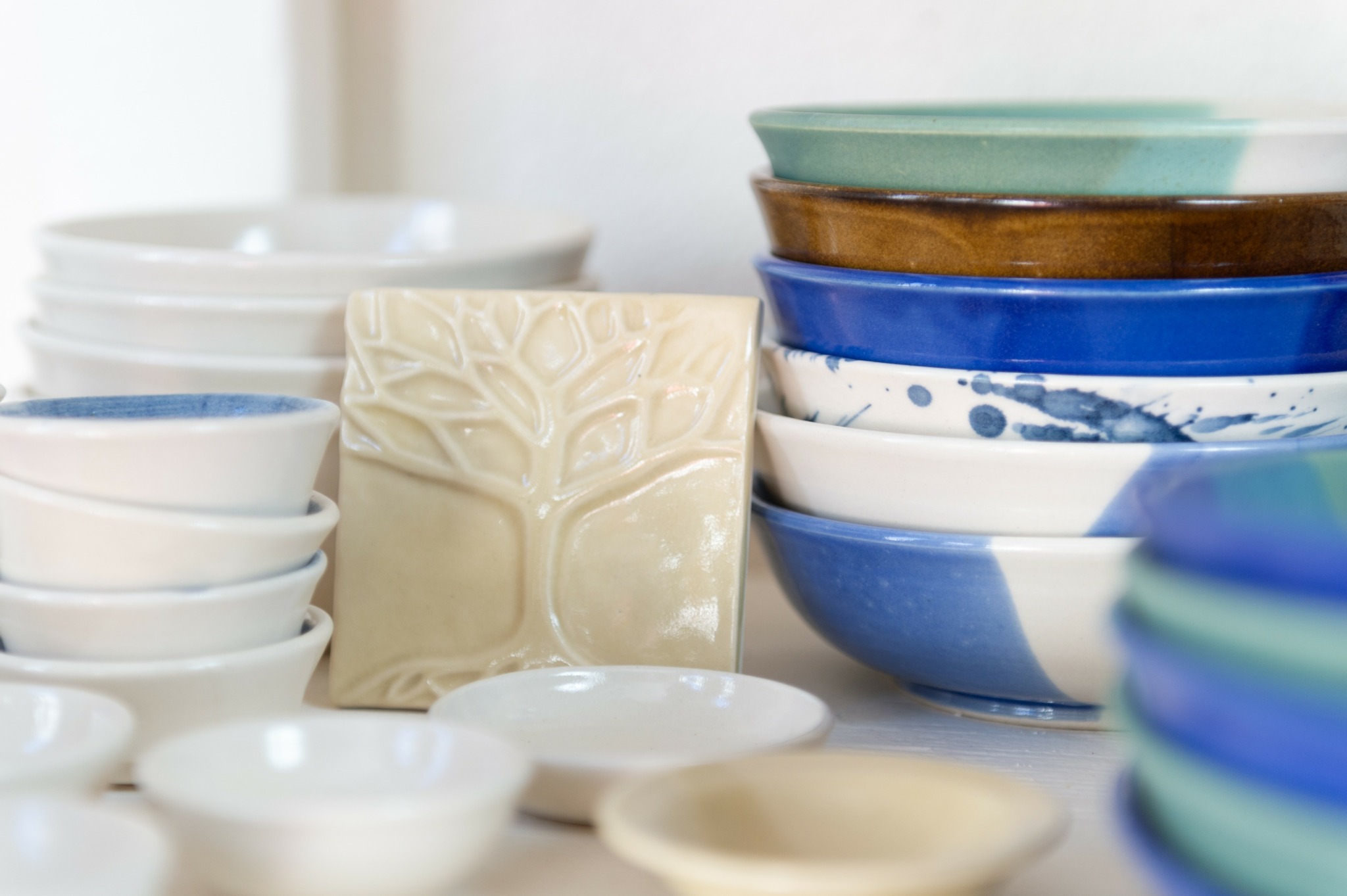
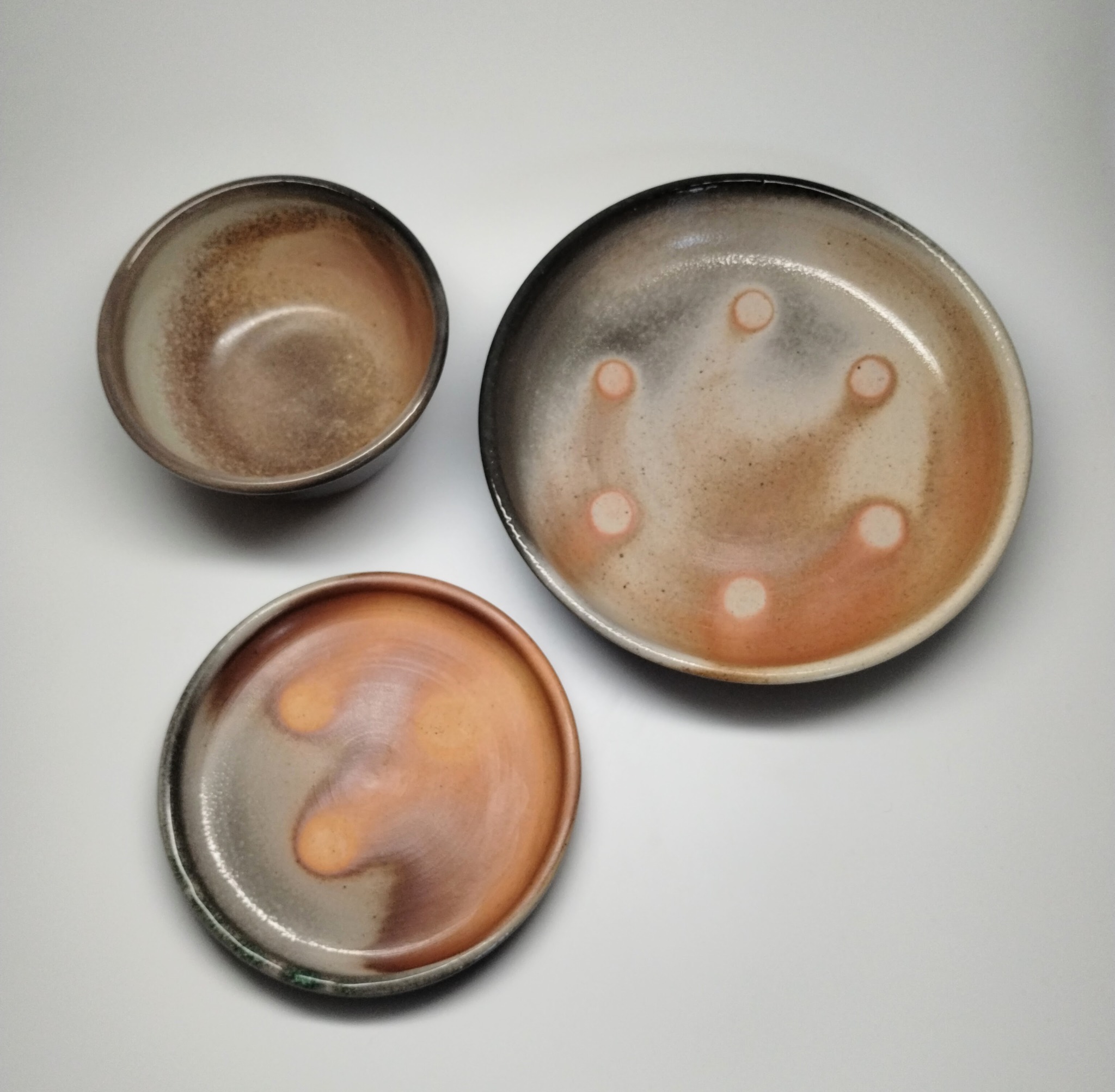
Image Credits
Miranda Trostle (product photos & self-portrait)
Sean Bascom (landscape oriented process photos)


